Skretting, Cargill and BioMar buy two-thirds of the entire blue whiting supply. They’re ready to walk away if coastal states fail to seize a ‘golden opportunity.’
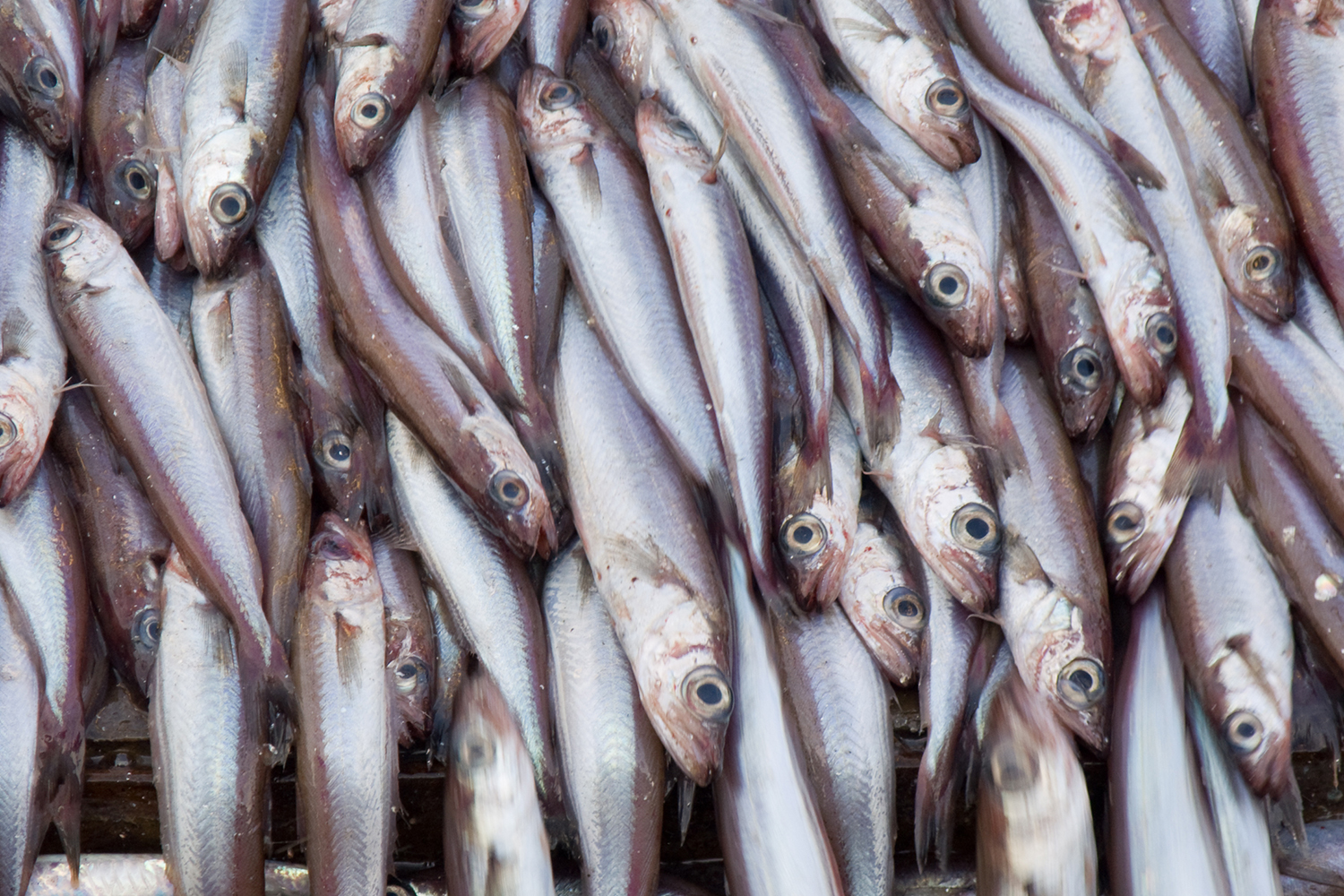
The world’s largest aquafeed companies are frustrated that coastal nations with claims to the Northeast Atlantic blue whiting fishery seemingly cannot or will not come to multilateral quota agreements despite the stock’s current state of abundance.
Blue whiting (Micromesistius poutassou) is a pelagic species primarily harvested as a raw material for the fishmeal and fish oil markets and is in great demand by the world’s leading salmon farmers. The fishery is expected to hit peak season this spring.
But companies like Skretting are ready to walk away from the fishery if an allocation agreement cannot be reached before the fishery’s current time-bound fishery improvement project (FIP) expires next year.
“Skretting Norway has clearly said for several years that we will only buy marine raw materials from whole fish from certified fisheries, or fisheries involved in a verified FIP. We didn’t think we’d get this problem from fisheries in our own backyard,” Leif Kjetil Skjæveland, manager of sustainability and public affairs for Skretting Norway, told the Advocate. “We’re frustrated that nations in the North Atlantic couldn’t agree on the distribution of the quota. They all agree on the total quota. But everyone demands they’ll have pieces of the cake that, when totaled, are bigger than the cake.”
As previously reported, blue whiting is one of three fisheries – Northeast Atlantic mackerel (Scomber scombrus), Atlanto-scandian herring (Clupea harengus L) and Northeast Atlantic blue whiting – that are harvested by Norway, Iceland, the Faroe Islands, Greenland, the European Union and the United Kingdom (Russia is also a fishery state, harvesting in international waters). They are all engaged in a FIP since their Marine Stewardship Council (MSC) certification was withdrawn in 2020.
According to Tom Pickerell, head of the North Atlantic Pelagic Advocacy Group that is overseeing the FIP and is working to align the marketplace to apply pressure on the coastal states that participate in the fisheries, the blue whiting stock is in great condition, with strong numbers reported in January. It’s a “huge” fishery, at about 1 million metric tons, and has great economic importance, he added. The MSC certification was pulled due to poor management, he has said, not due to poor stock status. In fact, the blue whiting fishery, for one, is rather healthy.
If we’re not going to buy, it would have to be sold to other parts of the world. That seems like such a waste. Blue whiting is an excellent raw material. It’s sustainable. And it’s here.
“All the factors are bang on, the recruitment was excellent,” said Pickerell, adding that the scientific advice for this year’s catch is 81 percent higher than in 2022. “If all the parties were to each reduce their allocation by 23.2 percent, their catch would all increase by 11 percent from last year. We’ve put the pressure on them. There is an understanding that they have to do something.”
As part of the world’s only known “political” FIP, NAPA has recruited the world’s largest feed companies – Skretting, Cargill and BioMar, which together buy about two-thirds of the Northeast Atlantic blue whiting fishery – and numerous retailers to force the coastal states to take action. The FIP expires in 2024, so time is running out.
But as Kjetil Skjæveland of Skretting noted, the quota-setting talks are part of a very complicated process that involves international politics.
“It’s extremely difficult, there are a lot of implications. But [coastal states and fishing states] have agreed on this before and not that long ago,” he said.
Indeed, according to Kjetil Skjæveland and Pickerell, an agreement signed by coastal states in 2005 is apparently on the table. If it were agreed to, Pickerell, said, that would get the overall quota to 100 percent of the scientific advice, which is the goal.
“That’d be job-done for blue whiting,” he said. “If they just continued with that share, everyone would get lots more fish.” Instead, as has been the case since 2009, it’s been a “take what you want kind of thing.”
But that can’t continue if the primary market for the fish turns its back. Or can it?
“We did stop buying fishmeal from blue whiting when the certification was lost [in 2020],” said Kjetil Skjæveland. “We started back when the FIP was initiated. We [feed companies] are the big buyers. If we’re not going to buy, it would have to be sold to other parts of the world. That seems like such a waste. Blue whiting is an excellent raw material. It’s sustainable. And it’s here.”
Cargill and BioMar recently joined Skretting in a unified public statement, vowing to stop purchasing blue whiting, urging coastal states to seize the “golden opportunity” in front of them.
When asked if a more prominent species, one consumed directly by humans, might get more attention and urgency than a feed species like blue whiting, Pickerell said it was somewhat easier because the buyers are more consolidated. Kjetil Skjæveland agreed and said that while cod gets more attention, “at the same time, the attention of what goes into fish feed has increased a lot. The sustainability of salmon is mainly driven by what we use in the feed.”
Follow the Advocate on Twitter @GSA_Advocate
Now that you've reached the end of the article ...
… please consider supporting GSA’s mission to advance responsible seafood practices through education, advocacy and third-party assurances. The Advocate aims to document the evolution of responsible seafood practices and share the expansive knowledge of our vast network of contributors.
By becoming a Global Seafood Alliance member, you’re ensuring that all of the pre-competitive work we do through member benefits, resources and events can continue. Individual membership costs just $50 a year.
Not a GSA member? Join us.
Author
-

James Wright
Editorial Manager
Global Seafood Alliance
Portsmouth, NH, USA[103,114,111,46,100,111,111,102,97,101,115,108,97,98,111,108,103,64,116,104,103,105,114,119,46,115,101,109,97,106]
Tagged With
Related Posts
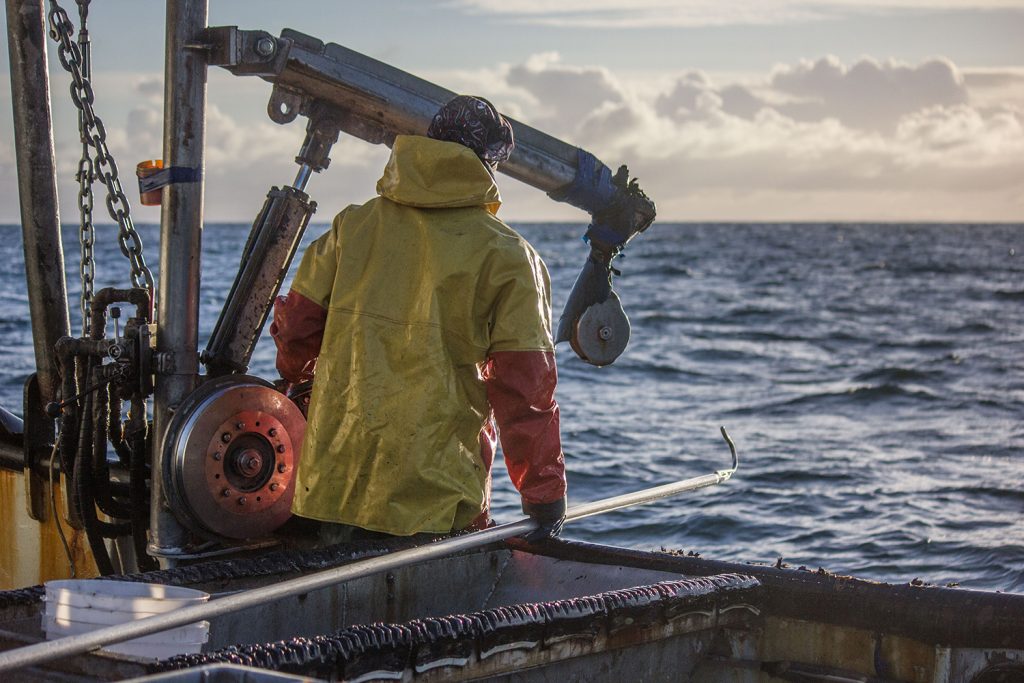
Fisheries
Artificial intelligence is already helping improve fisheries, but the trick is in training the tech
Artificial intelligence is providing valuable data to fisheries, cutting costs and the need for human review. Can the technology be perfected?
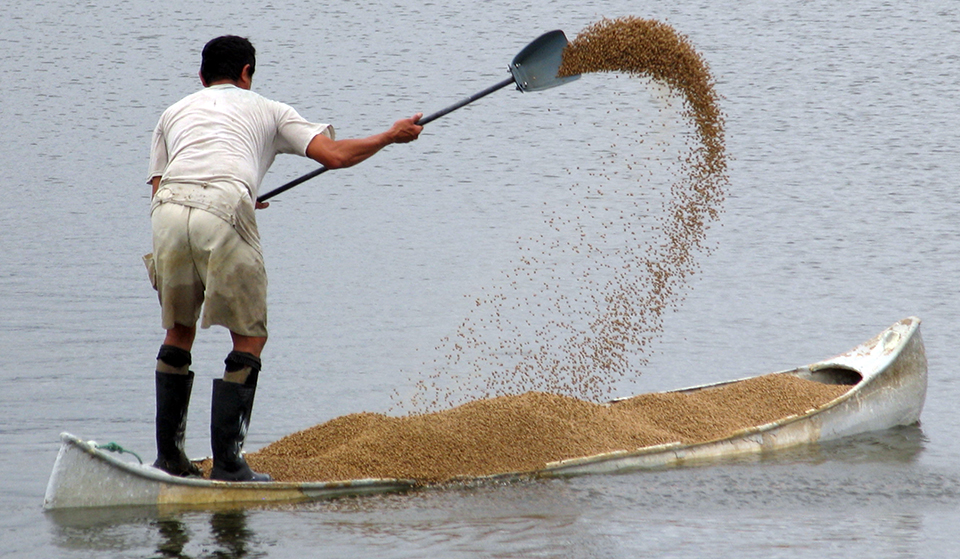
Aquafeeds
Emerging issues for sustainable feed
A survey found that many large retailers see the sustainable feed issue as a major challenge. Sustainable Fisheries Partnership recommends greater visibility for the entire supply chain and more industrywide policies.
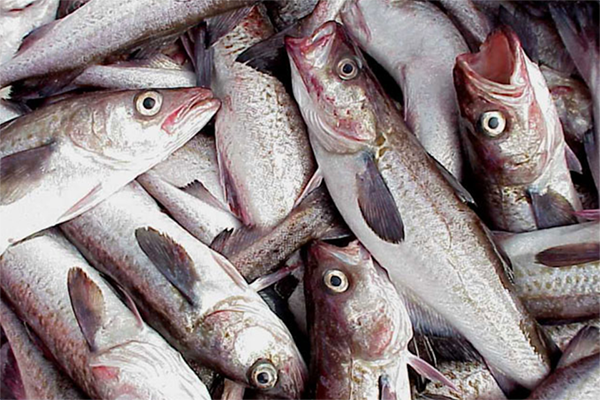
Fisheries
Gaps in the conservation status of the most important fished species of marine fish
IUCN Red List evaluations for commercial fish species must rely on integrating new factors from fisheries sources and cooperation with stakeholders and managers.
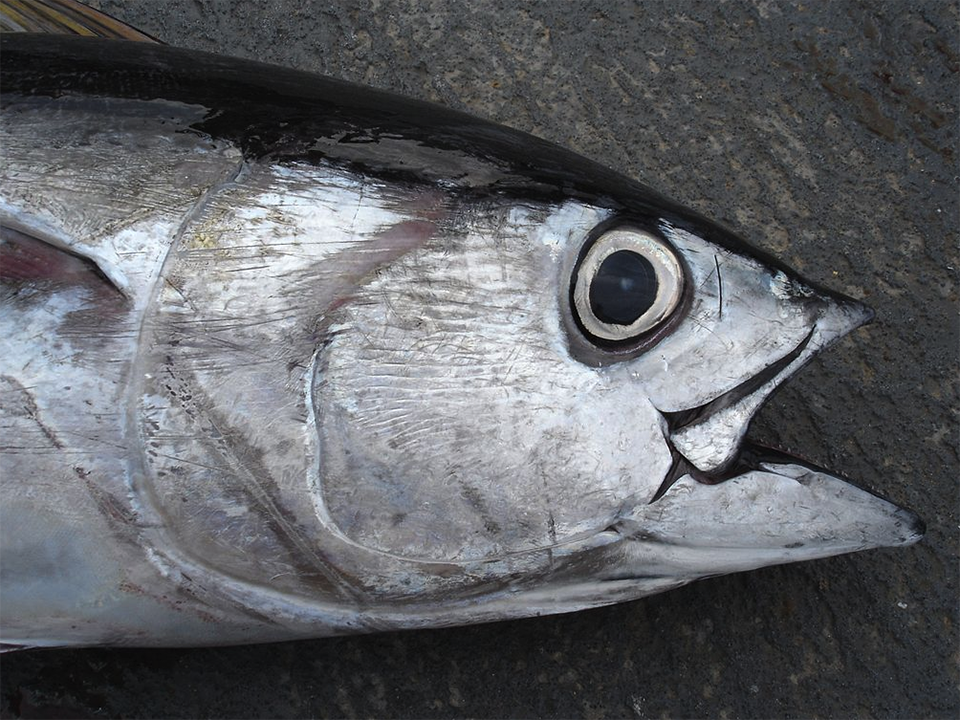
Fisheries
Fisheries in Focus: Marine protected areas don’t help tuna population, new paper shows
Using stock assessment and fishing data, researchers find that the Phoenix Islands Protected Area did not meaningfully increase the tuna population.


